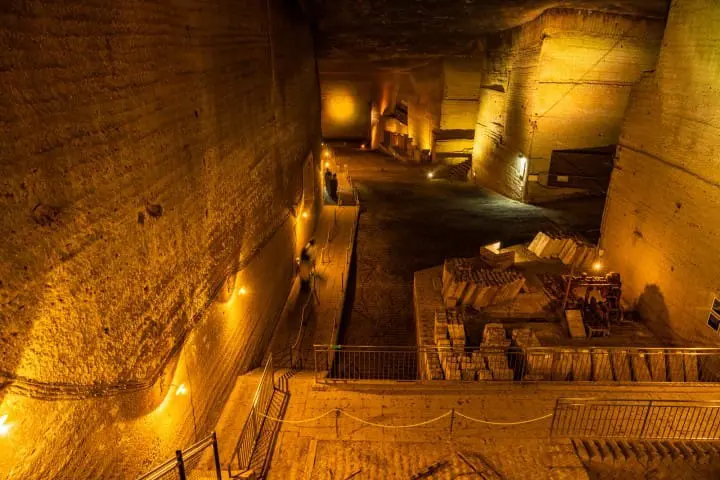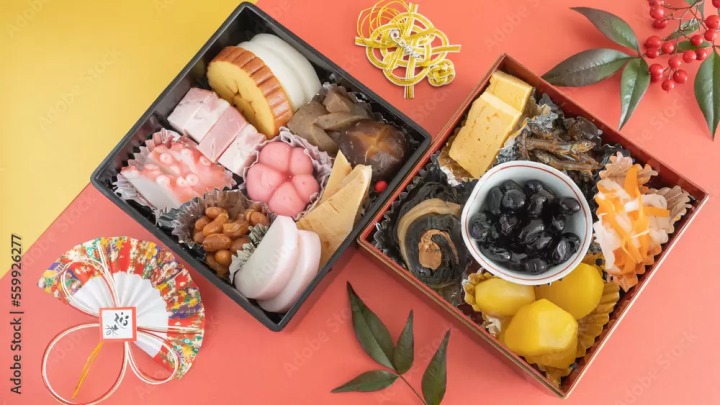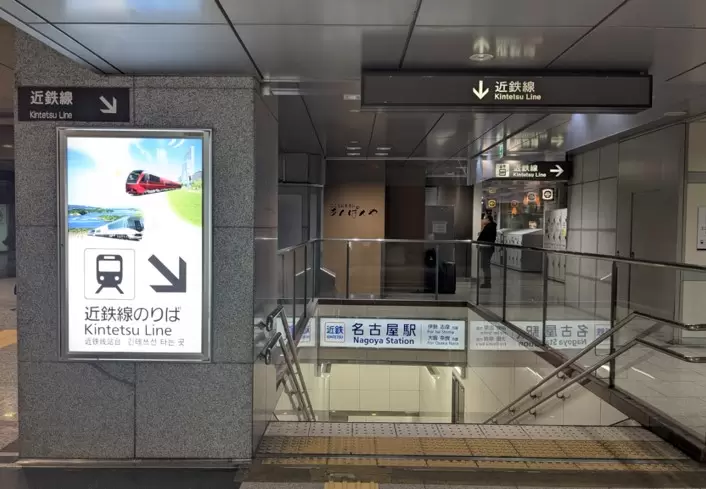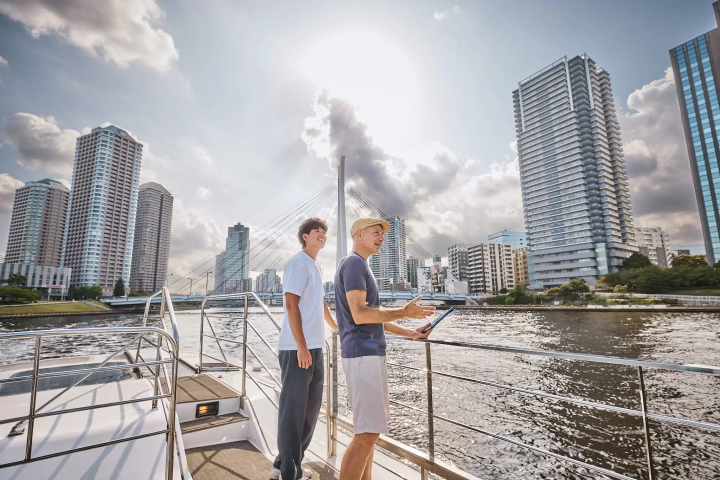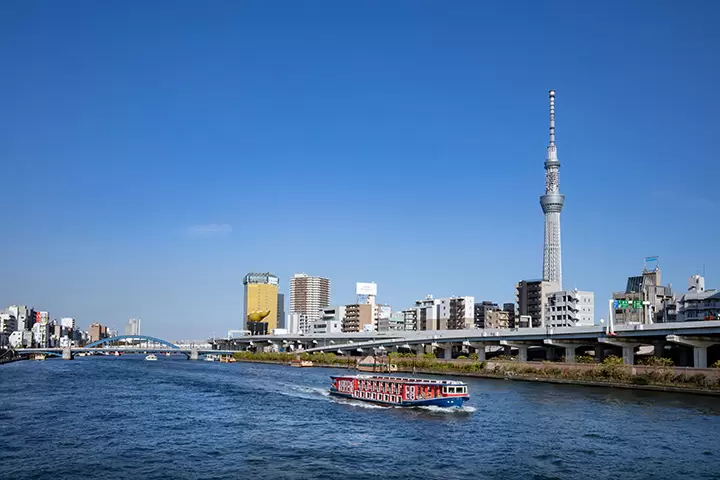Japan, Off The Beaten Path - Three Days In Nikko

Nikko, located north of Tokyo, is famous for its World Heritage Sites and beautiful scenery. Susan Spann, the author of the Hiro Hattori novel series, tells us about her adventures climbing Mt. Nantai and visiting Nikko's iconic places such as Kegon Falls, shrines and temples.
Last month, I traveled to a place I’d wanted to visit for more than thirty years: the city of Nikko, in Tochigi Prefecture.
Nikko’s sacred history reaches all the way back to the founding of Futarasan Jinja Shrine in the mid-eighth century. Nine hundred years later, Shogun Tokugawa Ieyasu (1543-1616), the samurai lord who unified Japan, was buried and enshrined at Nikko Toshogu Shrine, where he is worshipped as a protective deity.
During my three-day trip, I not only visited Nikko’s many Shinto shrines and Buddhist temples, but also enjoyed adventures farther off the beaten trail.
Kegon Falls - One of Japan’s Most Beautiful Waterfalls
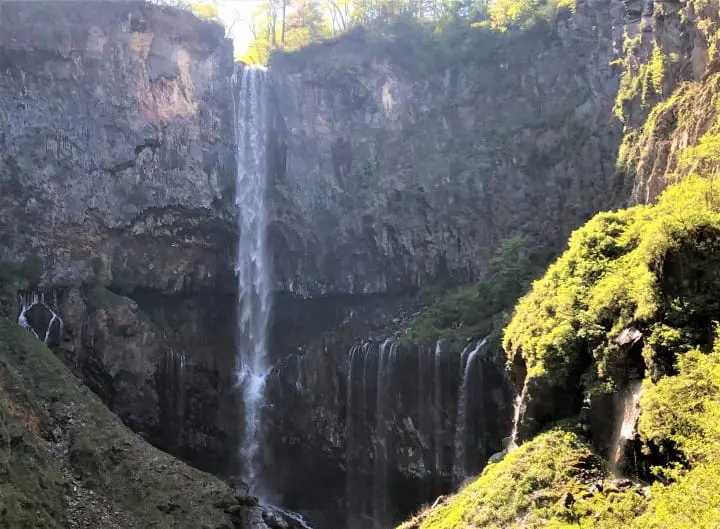
Kegon Falls, in upper Nikko, ranks among the top three waterfalls in Japan. I’m on a quest to visit all of Japan’s most famous falls, so the day I arrived in Nikko, I met some friends who live nearby and we drove to Kegon Falls (though you can also take a bus). There, we rode a massive elevator down a 100-meter shaft carved out of solid rock to reach the viewing platform.
The elevator opened into a tunnel that felt cold and damp, despite the sunny day. As we stepped onto the platform, I heard the thundering of thousands of gallons of water pouring over the falls to the rocks below.
The massive, bridal-veil style fall plummeted almost 100 meters down the center of a concave cliff. More than a dozen smaller falls tumbled down tiers of stone near the bottom of the primary waterfall and joined the river at its base.
Barn swallows (tsubame) swooped overhead, and the mesmerizing beauty of Kegon Falls made it easy to understand why people consider it one of Japan’s most beautiful waterfalls.
Climbing Mt. Nantai
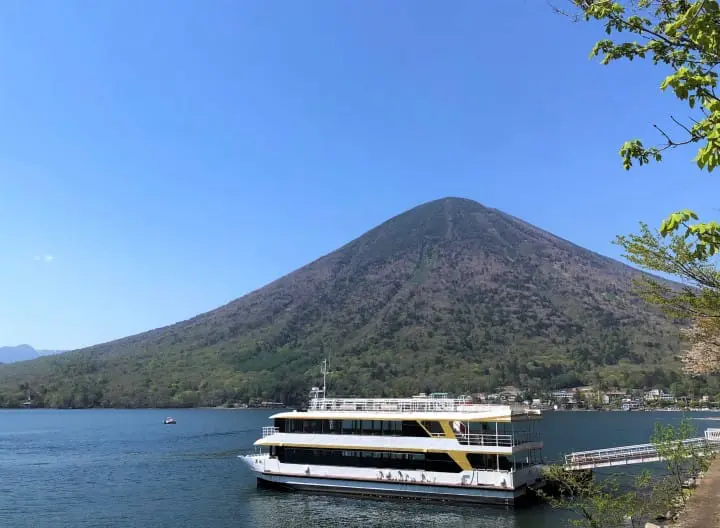
The morning after my visit to the falls, I caught the first bus to Futarasan Jinja Shrine, on the shores of Lake Chuzenji, where I began my climb of 2,484-meter Mt. Nantai (also called Nikko-Fuji for its resemblance to Japan’s most famous mountain).
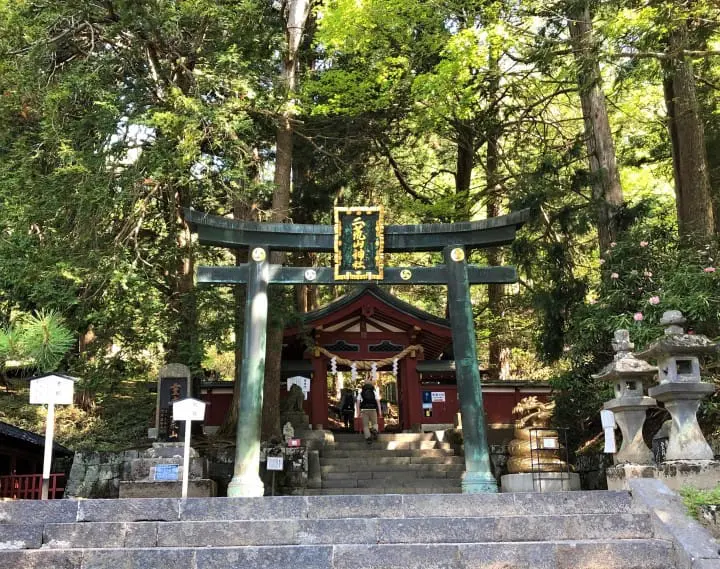
The trail started off with a gentle climb through a vibrant green forest. An hour later, the forest gave way to a steep, rocky slope with no trees to block the sun. I climbed upward, and the temperature did too—to a scorching 29 ℃ (85 ºF). I started rationing my water, concerned that two liters might not be enough to make it to the summit and back to the trailhead.
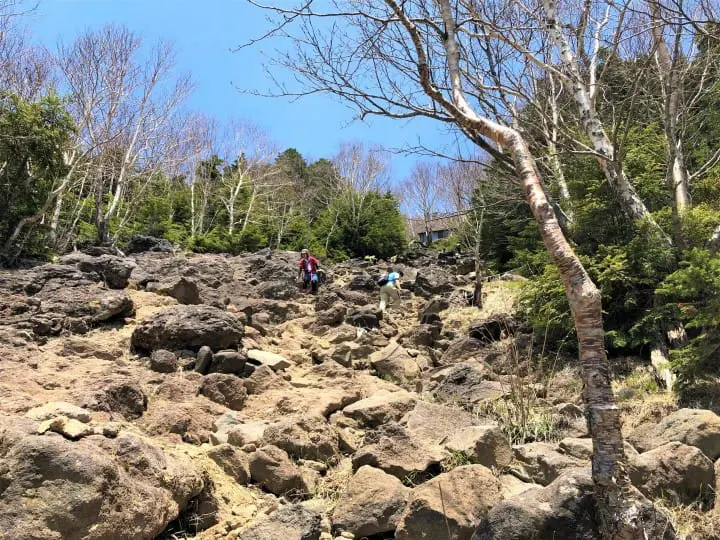
Even so, the trail offered such spectacular views of Lake Chuzenji and the surrounding mountains that I didn’t even think of turning back.
After two hours of climbing over rocks I re-entered the forest, where the shade made the temperature more comfortable. To my surprise, small snowdrifts lay beneath the trees—even though it was almost June!
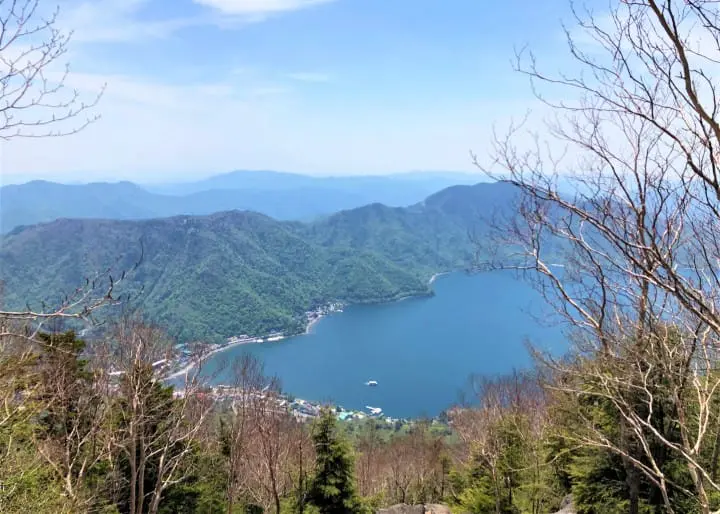
The trail emerged from the forest at the base of a rocky slope covered in red volcanic scree that looked more like a moonscape than a mountain trail. My boots sank in with every step, but eventually I reached the top and found myself on the summit of Mt. Nantai.
Far below, Lake Chuzenji sparkled in the afternoon sun. Distant, snow-capped peaks lined the horizon. I stopped for lunch near the summit marker, relieved to discover that I still had plenty of water after all.
After hiking back to the trailhead, I caught a bus to my hotel and celebrated with a long soak in the onsen (volcanic hot spring bath), followed by an enormous parfait of ice cream topped with fresh Tochigi strawberries—and a good night’s sleep.
Visiting the UNESCO World Heritage Shrines and Temples

The Shrines and Temples of Nikko, which became a UNESCO World Heritage Site in 1994, contain some of the most elaborate shrine and temple architecture in Japan.
I began my exploration at the sacred Shinkyo Bridge, which spans the turbulent Daiya River like a vermillion rainbow. For centuries, only the shogun and members of the Japanese imperial court could cross the bridge, but it was opened to the public in 1973, and I happily paid the nominal fee to walk across.
I arrived so early that I had the bridge entirely to myself; I stood in the middle and watched the water rush by beneath me as a refreshing breeze blew through my hair.
From the bridge, I walked along a tree-lined path to Nikko Toshogu Shrine, where I passed through the Yomeimon, one of the most elaborate and beautiful temple gates in Japan.
While there, I also visited Tokugawa Ieyasu’s grave and saw the famous carving of the "sleeping cat" above the gate that leads to the upper shrine. The carving symbolizes Ieyasu's spirit, and—like the Yomeimon—is designated a Japanese National Treasure.

Taiyuin Gate
I spent the rest of the afternoon touring the other shrines and temples. At Rinnoji Temple, I toured the Sanbutsudo (Three Buddha Hall), which holds enormous gilded statues of Amida Buddha and two incarnations of the Goddess of Mercy: the Thousand-Armed Kannon, and the Bato (Horse-Headed) Kannon.
At Taiyuin, I walked through the mausoleum of the third Tokugawa shogun, Iemitsu (1604-1651). The mausoleum is an architectural masterpiece, deliberately designed to be slightly less elaborate than Nikko Toshogu in order to demonstrate Shogun Iemitsu's deference for his grandfather, Tokugawa leyasu.
The massive trees surrounding Taiyuin and the other shrines and temples enhance the beauty of Nikko’s sacred sites.
A Final Taste: Yuba Gratin
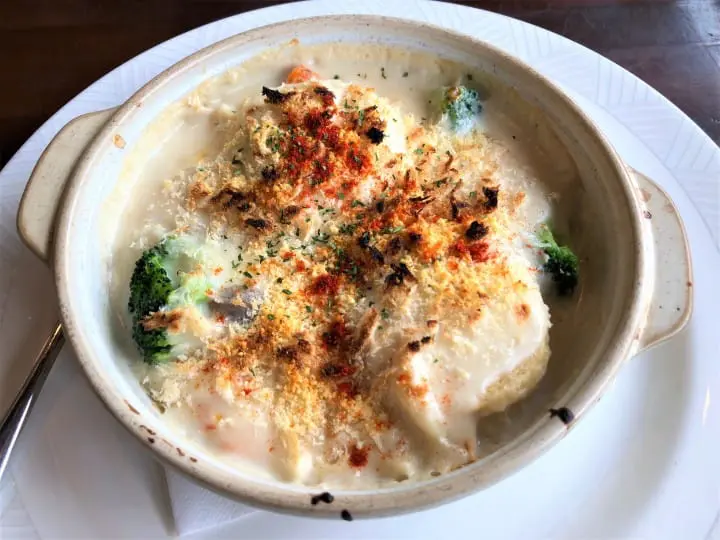
When I had visited all of the shrines and temples, I stopped at a restaurant near the Shinkyo Bridge for one last taste of Nikko: yuba gratin, made with spirals of locally-produced yuba (tofu skin) and vegetables baked in a rich, creamy sauce.
The yuba tasted light, but had a texture similar to meat. The tender vegetables were perfectly cooked and complemented by the silky sauce. Yuba is a local specialty in Nikko, and the gratin was a delicious, "off-the-beaten menu" ending to a delightful three-day trip.
Text and photos by Susan Spann
Susan Spann is the author of the Hiro Hattori mystery novels. She lives in Tokyo, but frequently travels across Japan, climbing mountains and seeking adventures off the beaten path. You can find her online at www.susanspann.com.
Susan Spann is the author of the Hiro Hattori mystery novels. She lives in Tokyo, but frequently travels across Japan, climbing mountains and seeking adventures off the beaten path. You can find her online at www.susanspann.com.















